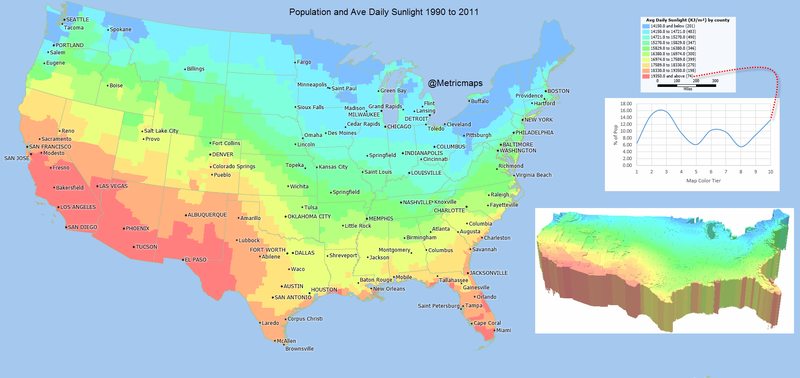New Batteries are on the horizon!
Technology has so changed and is advancing at a rapid pace, but we're still attached to aged battery technology. The now common-place lithium-ion batteries have obvious limitations and big technology companies are investing into battery development. Check out some new ideas in energy for our devices:
Technology has so changed and is advancing at a rapid pace, but we're still attached to aged battery technology. The now common-place lithium-ion batteries have obvious limitations and big technology companies are investing into battery development. Check out some new ideas in energy for our devices:
Lithium-air breathing batteries
Lithium-air means using oxygen as the oxidiser, rather than a material. The result is batteries that can be a fifth of the price and a fifth as light as lithium-ion, plus they could make phones and cars last five times longer.
Lithium-air means using oxygen as the oxidiser, rather than a material. The result is batteries that can be a fifth of the price and a fifth as light as lithium-ion, plus they could make phones and cars last five times longer.
The new discovering was made at Dallas University and should help push developments in lithium-air forward. Of course, like a all research, this could still be five to ten years away from becoming a reality.
More at: http://www.pocket-lint.com/news/130380-future-batteries-coming-soon-charge-in-seconds-last-months-and-power-over-the-air


